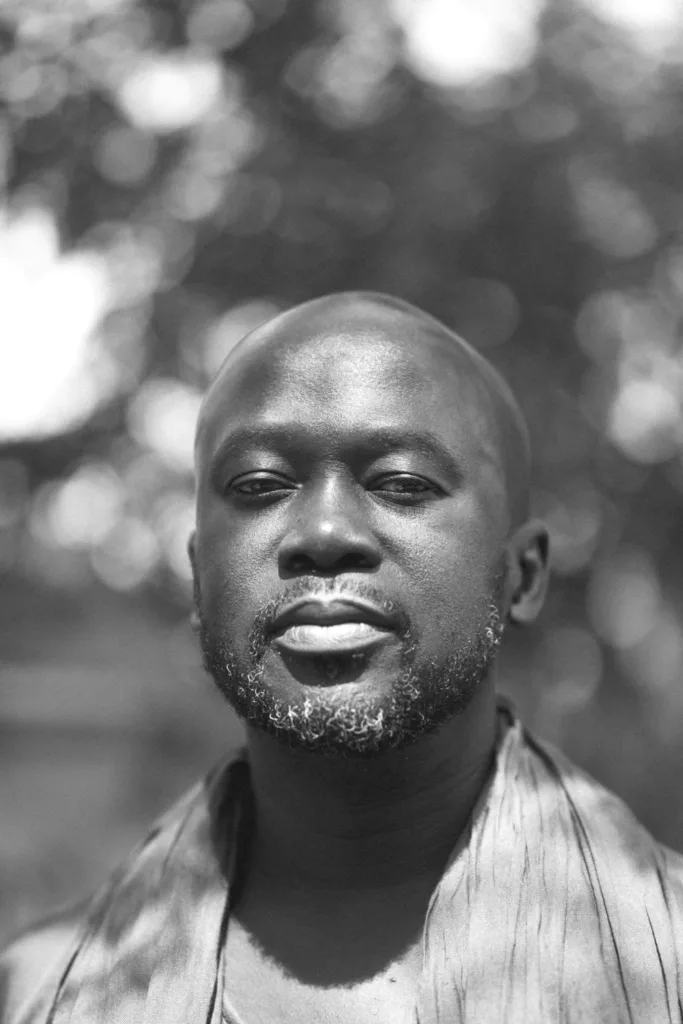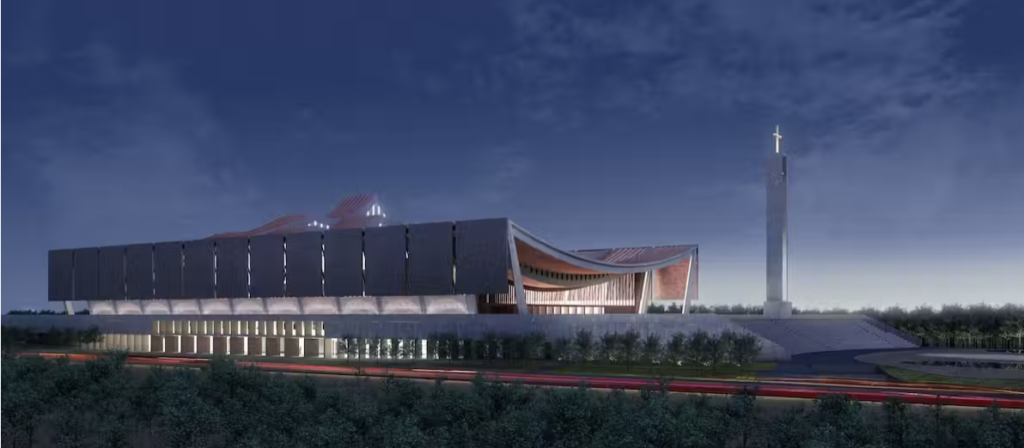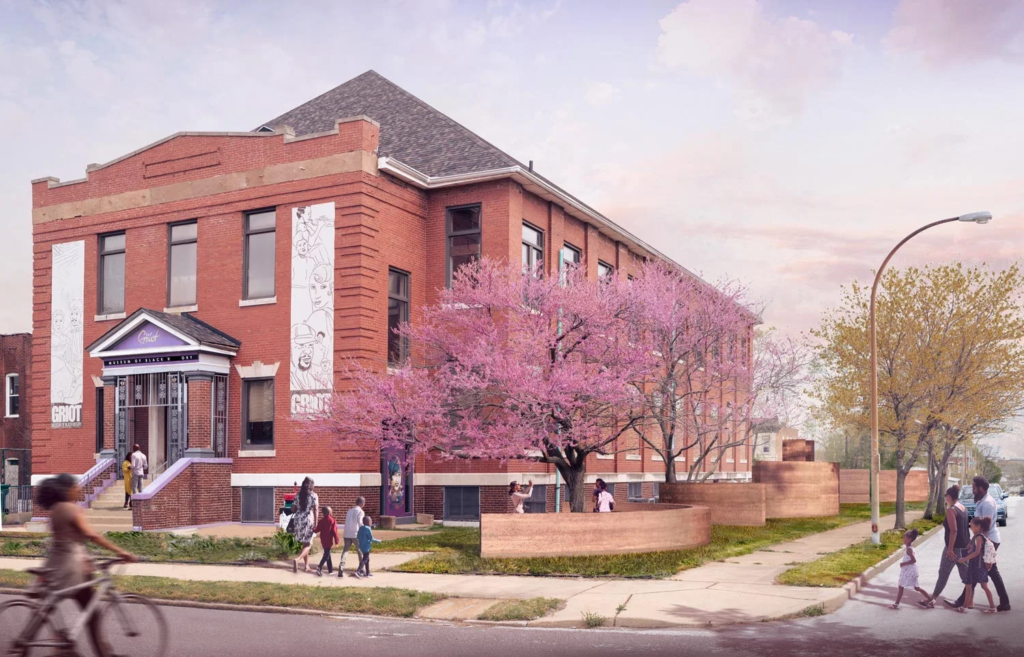Following his entry to the Venice Biennale, renowned architect Sir David Adjaye latest achievement takes center stage. In his recent interview with Art News, Adjaye envisions an ideal city that harmonizes with the Earth. Moreover, he pays tribute to its essence while simultaneously transforming it. His work was Commissioned by curator Allison Glenn for the 2023 Counterpublic triennial. The sculpture now graces The Griot Museum of Black History in St. Louis, Missouri.

Additionally, David Adjaye’s expertise is evident in notable structures like the Smithsonian National Museum and the Ghana Pavilion. The journey to his first permanent sculpture stems from reflections on black architecture’s origins and its link to the Earth. Moreover, the Asaase series embodies a yearning for fragments of chambers and earth-based buildings that were vital to Black people’s lives and gatherings.
Adjaye’s artistic process involves drawing inspiration from his father’s village and employing site-specific materials. He meticulously selected a hybrid mixture of earth types found in St. Louis and wider Missouri. The excavation process involved technical expertise, analyzing the region’s topsoil, limestone, and red earth brick to encapsulate the essence of the old buildings.

Referencing historical works of West African architecture, such as the Tiebele royal complex in Burkina Faso and the walled city of Agadez in Niger, adds depth and resonance to Adjaye’s creation. Rather than mere mimicry, he extracts the essence and elemental DNA of these ancient forms. The sculpture’s conical shapes symbolize the first acts of enclosure, stability, and resistance—inviting spatial engagement and contemplation.
Designing his first permanent public sculpture holds immense significance for Adjaye. It represents a meditation on deep time and the Earth’s profound evolution, transcending the limitations of human existence. The sculpture serves as a powerful reminder of the need to honor and preserve the Earth’s sanctity amidst the growing dominance of artificial constructs.

Glenn’s decision to commission Adjaye for this monumental work at The Griot stems from a deep appreciation for the neighborhood’s history and the museum’s mission. Anchoring the institution to the community it serves and acknowledging larger histories and legacies is a primary goal. The work resonates with symbolism tied to the community, such as the Sankofa logo, aligning with Adjaye’s references and contributing to a broader narrative.
Asaase III’s donation to The Griot Museum of Black History marks the beginning of a two-year full-time fellowship dedicated to its maintenance, contextualization, and conservation. This innovative pilot program aims to nurture emerging cultural producers, offering mentorship and hands-on experience in conservation. By creating a pipeline for conservators of color, the program seeks to address the lack of diversity in this field, fostering systemic change within arts organizations.

Image courtesy of the Smithsonian
Asaase III’s presence at The Griot speaks to the importance of considering the present moment and the community’s current occupants. The sculpture’s profound investment in the community necessitates dedicated staff to navigate its reception and deployment. Moreover, it alignes with David’s visionary approach.
The pilot program represents a crucial step toward enacting systemic change in the arts industry. This is by affording opportunities for training and development, particularly for art handlers and conservators from diverse backgrounds. Empowering future leaders in every discipline will foster whole, inclusive transformations within our cultural institutions.
David Adjaye’s Asaase III sculpture stands as a testament to the power of art in revitalizing communities. Additionally, it is a preservation of cultural narratives and inspiring dialogue. Its fusion of architectural mastery, historical references, and symbiotic connection with the Earth. Moreover, it speaks to the transformative potential of art in shaping our collective future.


